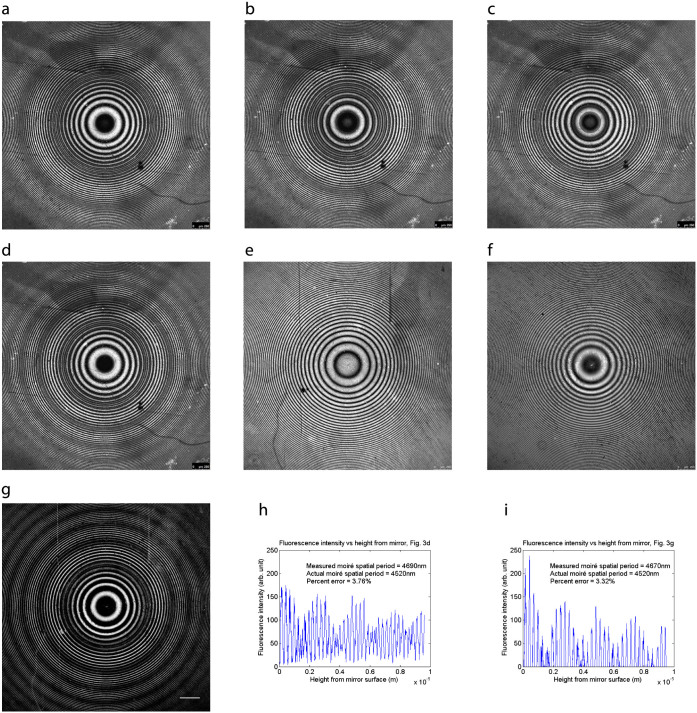Figure 3. Moiré-like radial modulation of fluorescence fringe brightness observed at different detection wavelengths and also simulated.
Detecting the fluorescence emission at a bandwidth of 5 nm centred at (a) 550 nm, (b) 560 nm, (c) 570 nm, and (d) 580 nm shows the directly-observed fringe pattern to be radially modulated, with a frequency proportional to the Stokes shift, consistent with a moiré pattern between the excitation and emission standing-wave fields. (e) In the absence of the excitation standing-wave field, the modulation is absent in the 580 nm emission. (f) Excitation standing-wave field fringe pattern. (g) Subtraction of the emission-only fringe pattern (e) from the excitation fringe pattern (f) gives a modulated image identical to the moiré pattern in (d). The measured spatial periods in (d) and (g) are: (h) 4690 nm, and (i) 4670 nm, respectively, both within 4% of the theoretical value of 4520 nm for a moiré pattern between 514 nm and 580 nm. Scale bar = 250 μm.

